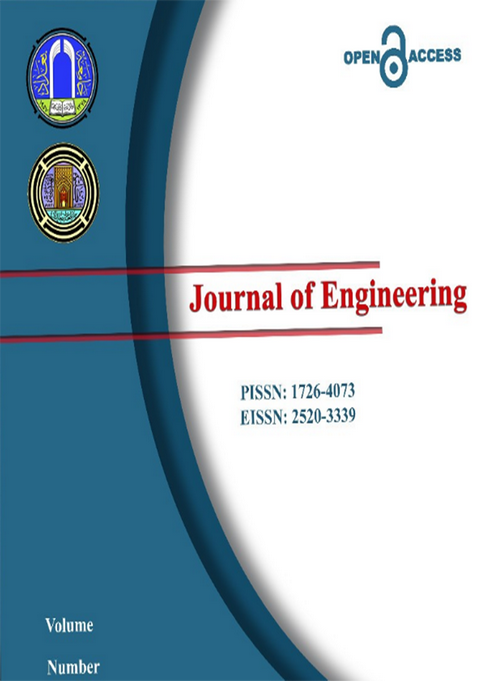Abstract
An experimental and theoretical work was carried out to model the wire condenser in the domestic refrigerator by calculating the heat transfer coefficient and pressure drop and finding the optimum performance. The two methods used for calculation were the zone method and an integral method. The work was conducted using two wire condensers with equal length but different tube diameters, two refrigerants (R-134a and R-600a), and two different compressors matching the refrigerant type. In the experimental work, the optimum charge was found for the refrigerator according to ASHRAE recommendations. The tests were done at 32˚C ambient temperature in a closed room with dimensions (2m2m3m). The results showed that the average heat transfer coefficient for R-600a was higher than for R-134a, so the length of the wire tube was longer with R-134a than R-600a. The pressure drop for the smaller tube diameter was higher than for the other tube. The second law thermodynamic efficiency was higher for R-600a, reaching 41%. The entropy generation minimization analysis showed that the R-600a refrigerant type and smaller tube diameter approached the optimum point.
Keywords
Heat Transfer Coefficient
pressure drop
R-134a
R-600a
wire condenser
